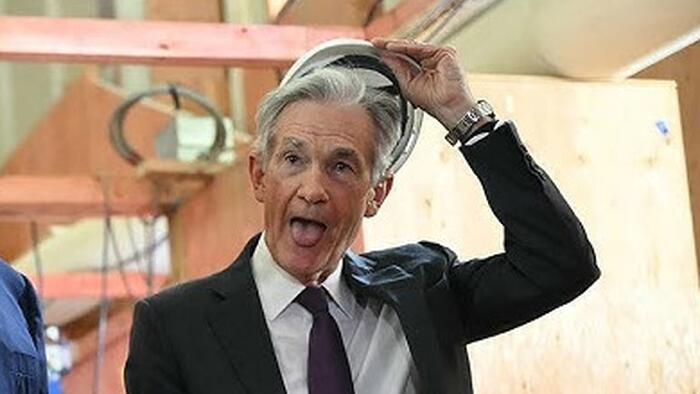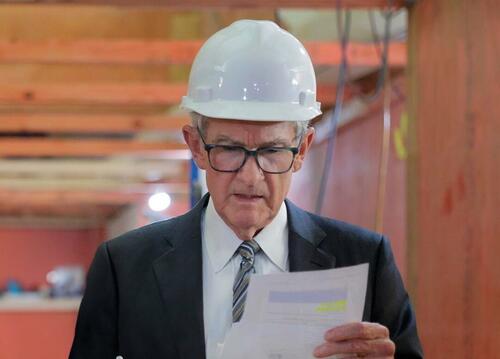


By Bas van Geffen, Senior Market Strategist at Rabobank
The ECB left the deposit rate at 2.00% yesterday. That had been widely expected, especially with little new clarity on the trade disputes with the US. Yet, the decision to hold wasn’t entirely driven by “fear” for US tariffs. President Lagarde noted that uncertainty remains unusually high, but she nonetheless seemed to express a little bit more confidence in the central bank’s medium-term outlook.
Asked about the risks of undershooting the inflation target, the ECB president recalled that the central bank actually forecasts below-target inflation in 2026. But Lagarde added that this was due to all sorts of base effects, and she stressed that “we are not going to be moved by some minor deviation.” So, Lagarde seemed to indicate what we said prior to the meeting: Another rate cut requires a material deterioration of the medium-term outlook, or at the very least a substantial increase in the downside risks.
And there is fresh hope that downside risks may actually lessen in the coming days. Earlier this week, European officials suggested that they are closing in on a trade deal with the US. Yesterday, President Trump also indicated that “talks with the EU are going pretty well.”
Reportedly, a 15% tariff is now being discussed by both parties. That would be a somewhat higher rate than the ECB’s baseline scenario. However, compared to a 10% rate, a 15% tariff would not be extremely distortionary for the economy. However, a trade deal would substantially reduce the uncertainty about trade policy, and such an improvement in sentiment could actually outweigh the negative direct effects of a somewhat higher-than-expected tariff.
In other words, don’t call the ECB’s decision to hold rates steady a pause; it may very well mark the end of the cutting cycle. Indeed, after the meeting, Bloomberg reported that a hold looks to be the baseline for September as well, and that “the onus is on those seeking further easing to justify their stance.”
The shift in tone weighed on money market pricing. Euribor futures fell, and the €STR curve now prices less than 20% chance of a rate cut in September, down from 45% prior to the ECB’s press conference. In fact, the curve is no longer fully priced for another rate cut.
Of course, another cut cannot be ruled out entirely. Next to a potential escalation of trade tensions, a substantial appreciation of the euro could still be a reason for the ECB to cut again. However, Lagarde did not sound as concerned by the recent strength of the currency as some of her colleagues.
Reassuringly, that arguably also lessens the threat to central bank independence. Powell has so far resisted Trump’s continuing attacks, but our US strategist concludes that Trump has already gained a foothold in the FOMC. If the Fed were to follow President Trump’s directions and cut rates sharply, that could push EUR/USD higher – we still target 1.20 on a 12-month horizon. An ECB that is not overly sensitive to such exchange rate moves, lessens the risk that Trump could effectively capture part of ECB policy too.
Besides, with the ECB now on hold, the US president may need to find a new peer to compare the Fed to: he can no longer complain that the Fed leaves rates unchanged while the ECB cuts further. The Bank of Japan probably won’t be a great comparable either. The trade deal between Japan and the US allows the BoJ to cautiously consider another rate hike.
This probably will not stop Trump from attacking Fed Chair Powell. The US president paid a visit to the Federal Reserve building to observe the ongoing renovations that have been the latest ammunition for shots at Powell.
During the tour, Trump surprised Powell with a higher cost estimate than the Fed’s own calculations – but that was the result of some creative accounting: the US president included a separate building, which was finished five years ago, into the total renovation bill. And, of course, the President reiterated his view that the Fed should lower rates.
Yet, despite his renewed attacks on Powell, Trump also repeated that he does not intend to fire the Fed Chair.

